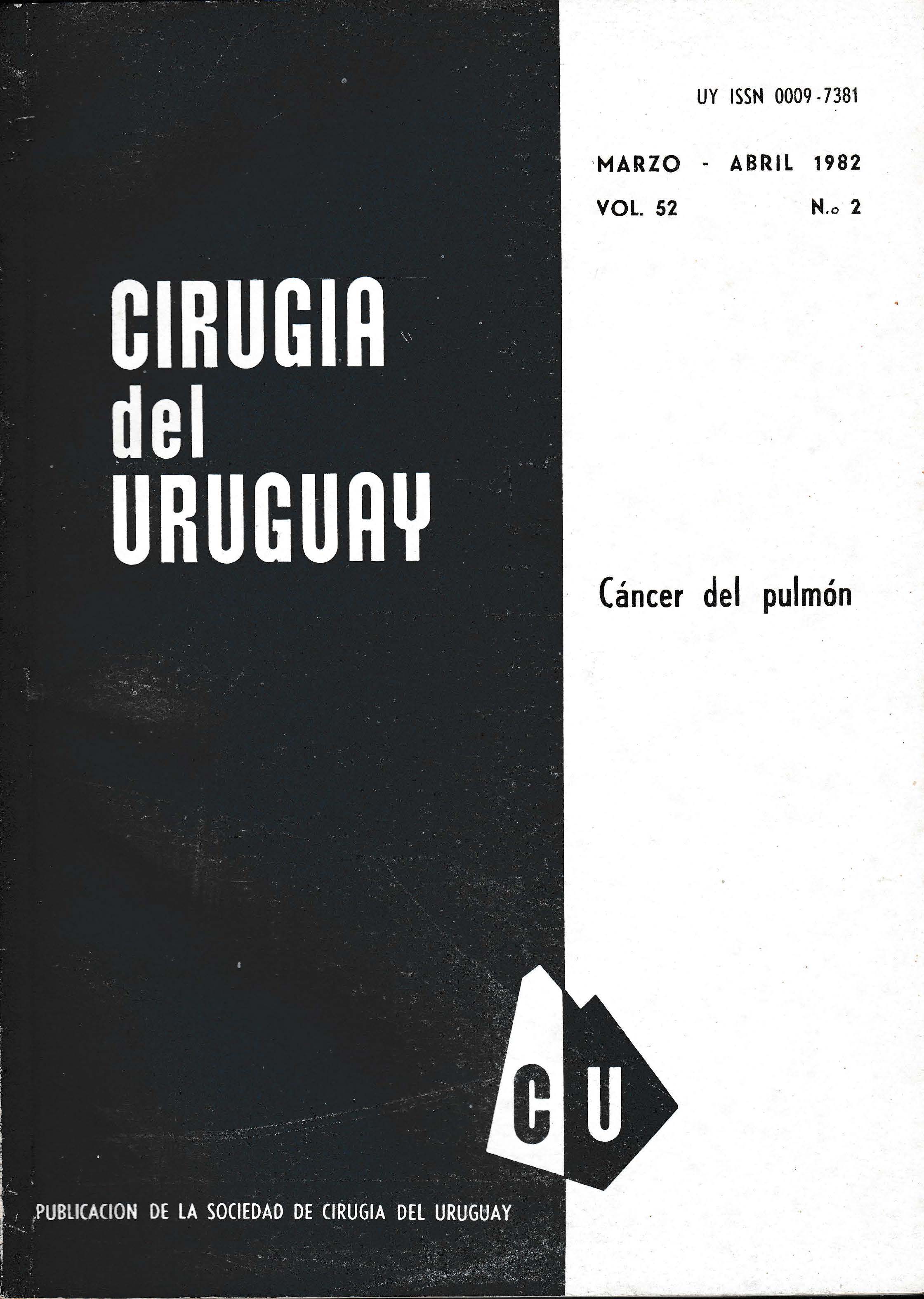Selection Criteria in C.B.P.
Keywords:
aaAbstract
Extension, histological type and host condition are the most important factors influencing prognosis in lung cancer. The best results are given by surgery which must be selective, otherwise it may become harmful. The most important repercussions of resective approach are in the respiratory and cardiovascular system. According to lung and cardiovascular function, patients are divided in 3 groups: poor and high risk patients and the inoperable ones. TNM classification approved in 1978 in Argentina is used when evaluating lung cancer spread. The histotogical classification chosen is that one which
divides tumors in oat-cell and not oat-cell. The oat-cel carcinoma, those in stage IV are inoperable. Patients in stage I and II are surgical candidates. Those in stage III are difficult to manage. Surgery in this stage must be performed when there are maximum possibilities of complete resection. Node involvement leads us to a worse prognosis mainly if it is a mediastinal involvement.
Downloads
Metrics
Downloads
Published
How to Cite
Issue
Section
License
All articles, videos and images published in Revista Cirugía del Uruguay are under the Creative Commons CC licenses, which is a complement to the traditional copyright, in the following terms: first, the authorship of the referred document must always be acknowledged and secondly none of the article or work published in the journal may have commercial purposes of any nature. The authors retain their copyrights and give the magazine the right of first publication of their work, which will be simultaneously subject to the Creative Commons Attribution-NonCommercial 4.0 International License license that allows the work to be shared whenever the initial publication is indicated in this journal.


























